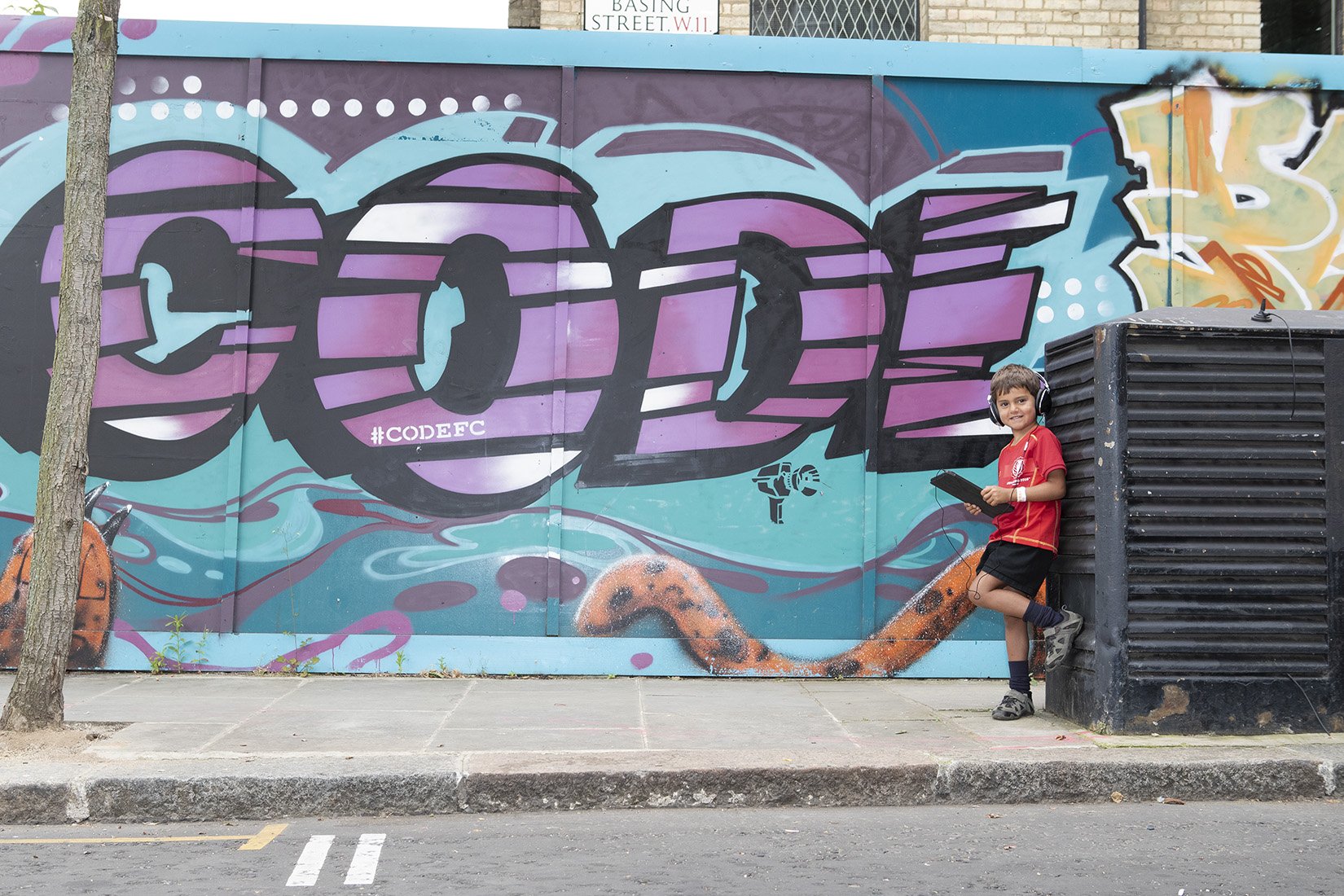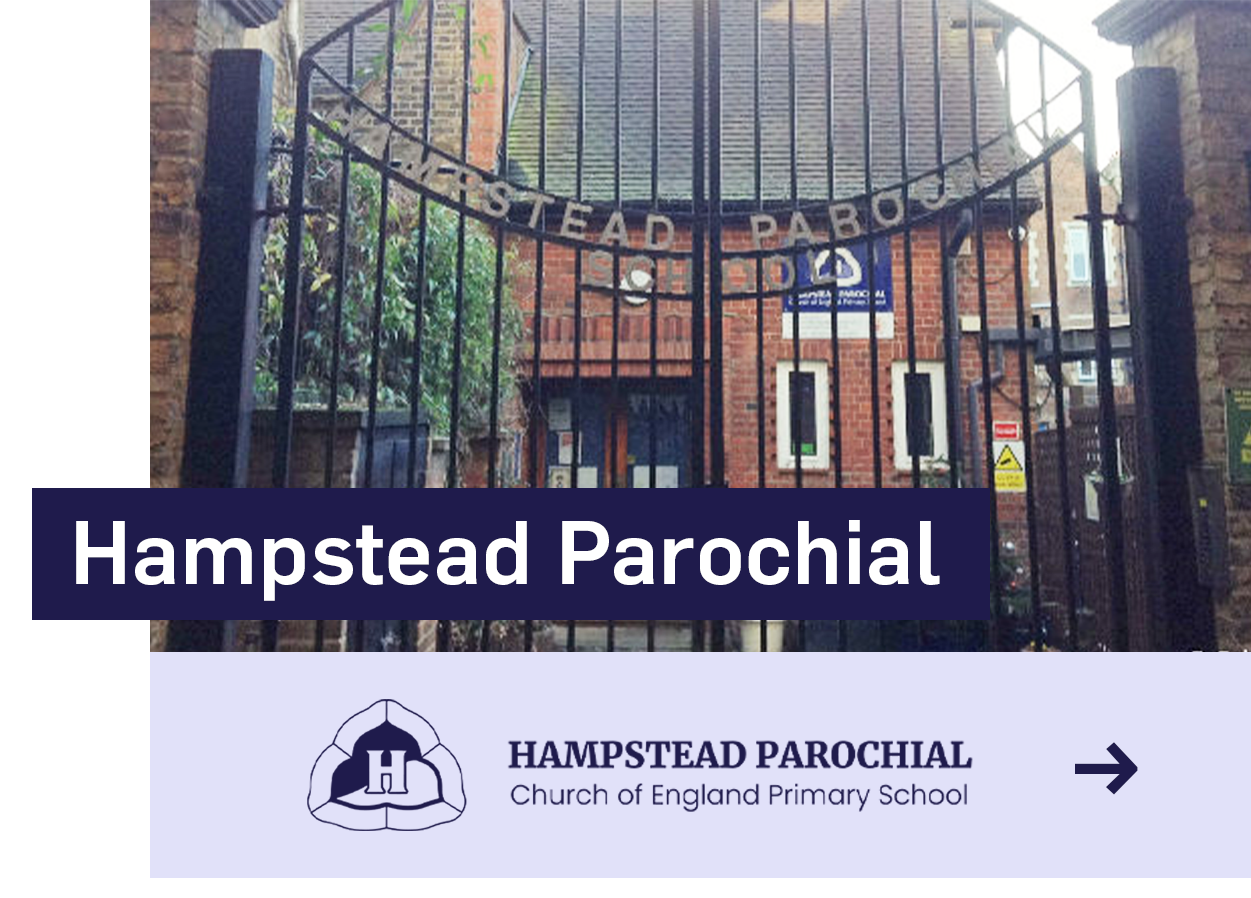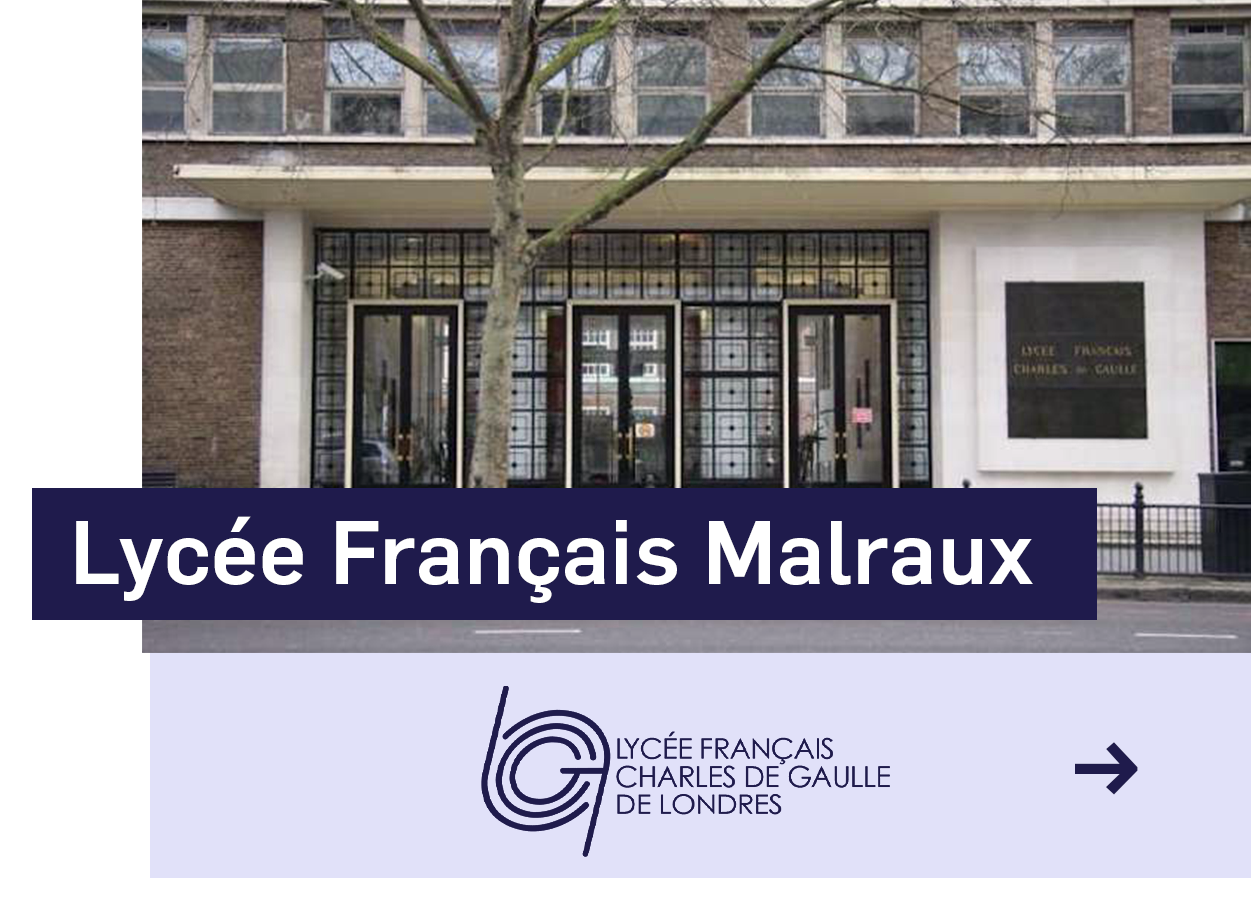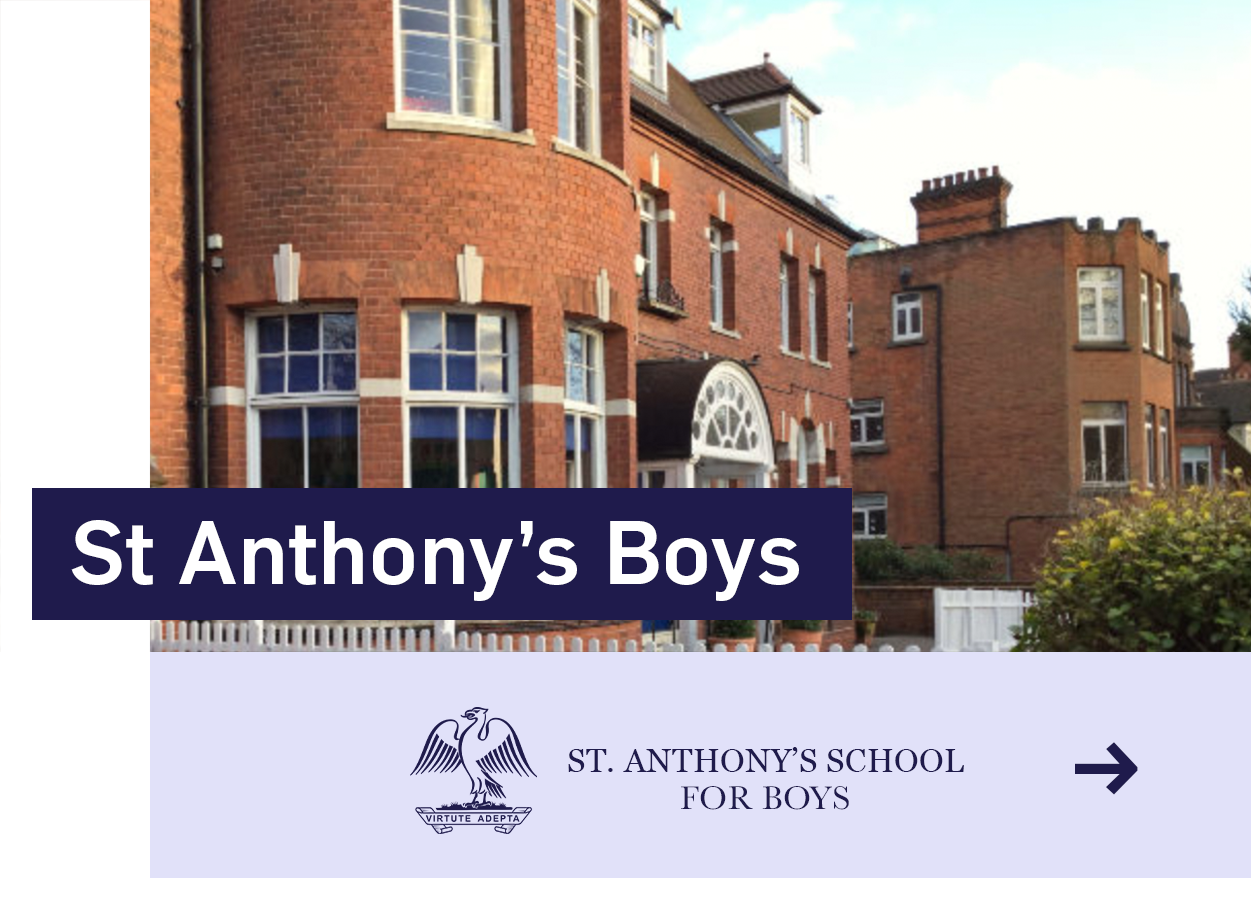
After-School Coding Clubs
Our extra-curricular coding clubs run every week during school terms in a variety of different schools across the Greater London area. These clubs are suitable for children aged 4-15 years with any level of experience.
Our coding clubs are catagorised into five different groups, each with their own distinct lesson content and curriculum. As children grow in ability and age, they move up the coding levels until they reach our most advanced level, Tera! At this point, they’ll age out of what Cypher can offer, but have hopefully caught the Computer Science bug enough to want to continue at GCSE and beyond.
Spring Term Scheme of Work for Cypher Clubs
-
Lesson 1: Moving Sprites
This first project introduces young learners to the basics of the ScratchJr interface by teaching them how to make the cat move across the screen. Children will explore the stage and discover how to use simple motion blocks. They'll learn to make the cat move left and right using the blocks and then add the "Green Flag" block to start the program. The goal is for them to understand the basics of motion and sequencing.
Lesson 2: Dancing Sprites
In this second project, kids learn how to animate characters and use loops by making the sprites perform a dance. They'll continue to use blocks, but in longer and more complex sequences. If there is time at the end, children should experiment by adding in their own dance routine for a new sprite.
Lesson 3: Catch the Butterfly
This project focuses on character interaction by creating a simple game where the frog catches a butterfly. After adding a butterfly character, kids will use motion blocks to make it move randomly around the stage. They'll then add a "touch" block to make the butterfly react when it is caught by the frog, incorporating sound effects and making the butterfly disappear
Lesson 4: Magic code
In this lesson children will code a magical animation in ScratchJr, they’ll help defend a fantasy castle from an evil fairy! They’ll use familiar code blocks to create a cool project.
Lesson 5: The Race
IIn this project, kids will create a race between two characters, introducing concepts of coordination and comparative motion. They'll start by adding two sprites. Both characters will race to the finish line when the green flag is pressed, using motion blocks to set different speeds for each.
Lesson 6: Quiz
In this lesson, kids will learn how to design a simple interactive quiz using ScratchJr! They'll create questions with characters giving feedback based on the answers. Using speaking blocks, kids will program questions and set up clickable answer options. This project encourages problem-solving, logic, and creativity, all while helping young learners build confidence in programming interactive stories and games.
Lesson 7: Maze
In this session the children will create a fun maze game using all the blocks they have learnt about so far this term. They will code a character to move with arrows, and create conditions under which the player can win or lose the game.
Lesson 8: Bunny Hop
In this session the children will code a Bunny Hop game in ScratchJr. They will use similar coding blocks to the previous week to help imbed their knowledge.
Lesson 9: Amazing Animals
In this club session, children will code a fun animal themed game while learning a little about the animals they include in their project! They’ll use familiar coding blocks to create a cute panda animation!
Lesson 10: Treasure Hunt
In this session, kids will be creating a 'treasure hunt' game in ScratchJr. They will use what they have learnt so far this term to create an interactive game where the player hunts for treasure that is hidden behind objects in a scene. There will be lots of opportunity for independent coding and extensions today!
-
Item description
-
Lesson 1: Scratch Story
In this week's Cypher Coders club session children will be introduced to their coding coach(es) for the term. As well as introductions, children will learn about how computers need their code to be sequenced in the right order so that it can run how we want it to!
They will put this into practise and code their own sequenced story project in Scratch.Lesson 2: IF/Then Conditionals
In this Cypher Coder's club session, children will learn that computers can make decisions on whether a specific condition is true or not and then react to that condition through IF/THEN/ELSE blocks. After learning about conditionals, children will code their own project in Scratch to illustrate how IF/THEN conditionals work!speed, time and frequency. Coding objects to move along a path is an important skill when thinking about game design, to make scenes appear more realistic background characters should move around!
Lesson 3: IF/THEN Conditionals
In this Cypher Coder's club session, children will learn that computers can make decisions on whether a specific condition is true or not and then react to that condition through IF/THEN/ELSE blocks. After learning about conditionals, children will code their own project in Scratch to illustrate how IF/THEN conditionals work!
Lesson 4: Magic Code
In this lesson children will code a magical animation in Scratch, they’ll help defend a fantasy castle from an evil fairy! They’ll use familiar code blocks to create a cool project.
Lesson 5: Random Artwork
In this Cypher Coders club session, children will learn about how we can use ‘random’ in our code to create effects that appear to be totally random! They will use these 'random' effects to create a cool and creative piece of coded artwork using Scratch.
Lesson 6: Pacman
It's time to get retro! In this week's Cypher Coders club session, children will learn about the video game Pacman, they'll learn about it's arcade game roots and become inspired to create their own version of the game. This will be a three week project, and in this first week the children will code Pacman to move using key pressed functions.
Lesson 7: PacMan
In this week's Cypher Cdders club, the children will be continuing with their Pac-Man game by adding movement to their Ghost Sprites in the Pac-Man game
Children will use the ‘My Blocks’ feature of Scratch to understand how creating a new block can save us time when coding more complex games and programmes and they will duplicate and edit the costumes of the Ghost Sprites.Lesson 8: PacMan
In this week's Cypher Coders club, students will be completing their Scratch Pac-Man games. This week, students will code the ‘cookie’ Sprite to increase their score, and disappear when the Pac-Man touches them. Likewise, students will code the game to end if the Pac-Man touches a Ghost! Be sure to ask to check out their cool game at home.
Lesson 9: Amazing Animals
In this session children will learn about Pandas, they'll learn about what they need to keep them alive and healthy. They'll use conditions and variables to keep their panda healthy and happy.
Lesson 10: Egg Hunt
In this week's Cypher Coders club session, children will get prepared for the Easter break by creating an egg hunt in Scratch! Children will build a maze to hide the eggs in, then work out how to make their main character navigate around the maze to collect all the eggs within a given timeframe.
This is the last lesson of the autumn term and students will spend this Coding Club lesson creating a cool festive scene in CoSpaces!
-
Lesson 1: Star Spirals
In this Python code, the turtle module is used to create a visual spiral pattern in the shape of a 5 sided star!
Lesson 2: Face Doodles
This Python code uses the turtle module to draw a series of shapes. to form a simple face It sets up the turtle with a fast speed and thick blue pen, then moves to different positions to draw a circle for the face, two arcs for the eyes, and a small curve for the mouth
Lesson 3: Title Generators
This Python code randomly assigns and prints a title by combining a rank from a predefined list with a territory from another list. The function new_name() announces the new title by selecting one random element from each list and printing the result.
Lesson 4: October Camp Taster Session
At Cypher we run STEAM and Coding camps during school holidays, and as part of this we like to celebrate by giving our clubs students the opportunity to have a taster of what a Cypher STEAM and Coding camp looks like! In this session, kids will use p5.js to create a Superhero themed game, where students code a hero to catch the baddies and save the innocent civilians!
Lesson 5: Random Story
This code takes user inputs for two adjectives, a noun, two food names, and a number, and then constructs and prints three sentences using these inputs. The sentences describe a sighting at school, a lunch, and a breakfast based on the user's provided words.
Lesson 6: Guess the Number
This code takes user inputs for two adjectives, a noun, two food names, and a number, and then constructs and prints three sentences using these inputs. The sentences describe a sighting at school, a lunch, and a breakfast based on the user's provided words.
Lesson 7: Rock, Paper, Scissors
This code simulates a game of rock-paper-scissors between the user and the computer by taking the user's choice, randomly selecting the computer's choice, and then determining and displaying the result of the game based on standard rules. The outcome is printed, indicating whether the user wins, loses, or ties based on the selections made.
Lesson 8: Treasure Hunt Part 1
This code implements a simplified version of the "Battleship" game, where a player has eight turns to guess the location of a hidden treasure on a 5x5 grid, with each guess being validated for correctness and uniqueness before checking for a hit. If the player finds the treasure, they win; otherwise, the game continues until all turns are exhausted, and the game ends with a "Game Over" message.
Lesson 9: December Camp Taster
Lesson 10: Treasure Hunt Part 2
This code implements a simplified version of the "Battleship" game, where a player has eight turns to guess the location of a hidden treasure on a 5x5 grid, with each guess being validated for correctness and uniqueness before checking for a hit. If the player finds the treasure, they win; otherwise, the game continues until all turns are exhausted, and the game ends with a "Game Over" message.
-
Lesson 1: Spirograph
This Turtle Graphics project creates two overlapping spirals using Python. First, a pink spiral is drawn, repeating a 10-sided shape 50 times. Then, a blue spiral is drawn similarly. The result is a complex pattern of pink and blue spirals, demonstrating Turtle's capability to create intricate designs with loops and rotations.
Lesson 2: Turtle Doodles
This Turtle Graphics project creates a simple doodle of a fish on a blue background using Python. It draws a black triangle and two filled circles—one large and orange, the other small and black—by defining functions for triangles and circles. The doodle combines these shapes to form a basic, colourful fish design.
Lesson 3: Turtle City
In this club lesson, kids will learn how to create a colourful cityscape using Python's Turtle Graphics. They'll explore blending colours with RGB values to generate a gradient sky, draw a sun, and create random building shapes. This project combines art and programming, demonstrating how code can produce visually appealing designs.
Lesson 4: October Camp Taster Session
At Cypher we run STEAM and Coding camps during school holidays, and as part of this we like to celebrate by giving our clubs students the opportunity to have a taster of what a Cypher STEAM and Coding camp looks like! In this session, kids will use p5.js to create a Superhero themed game, where students code a hero to catch the baddies and save the innocent civilians!
Lesson 5: RGB Colour Patterns
In this club lesson, the kids will create a colourful grid pattern using Python's Turtle Graphics. They'll learn to randomly select colours and draw squares, arranging them into rows to form a vibrant mosaic. This project highlights how simple loops and functions can generate intricate and visually appealing designs with code.
Lesson 6: Chase Game
In this club lesson, the kids will create a simple turtle game using Python's Turtle Graphics. They'll control a blue square that moves around the screen, collecting yellow coins. The game involves random coin placement, score tracking, and collision detection. This project introduces basic game mechanics and event-driven programming, all while keeping the experience fun and interactive.Lesson 7 & 8: Connect 4
In this club lesson, the kids will create a Connect Four-style game using Python's Turtle Graphics. They'll program a grid of chips, controlled by keyboard inputs, to drop into place and check for a winner. This project teaches conditional logic, grid-based movement, and basic game mechanics, making coding both fun and educational.
Lesson 9: December Camp Taster
Lesson 10: Hangman
In this final session of the term, the kids will create a classic Hangman game using Python. They'll implement a word-guessing game where players try to uncover a computer science-related word before the stick figure is fully drawn. This lesson reinforces loops, conditionals, and user input handling, providing a fun and interactive way to wrap up the term's learning.
Choose your School Club…
Host a Cypher Coding club at your school
If you’d like to add your school to our growing network of School Partners and host Cypher Coding Clubs, please register your interest here.













